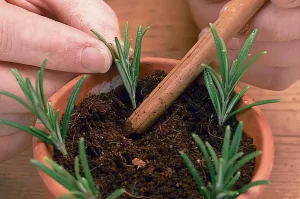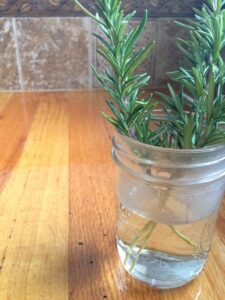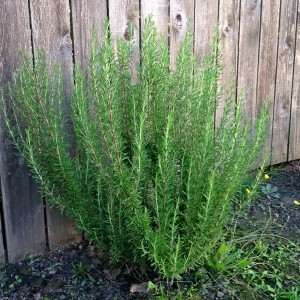Rosemary is a popular herb that is well-known for its culinary and medicinal properties. But, growing this plant is not as easy as it seems. To grow a healthy and lush rosemary plant, proper care is necessary. In this article, we will discuss everything you need to know about taking care of rosemary plants.
Soil Requirements for Rosemary
Rosemary plants prefer well-draining soils with a pH level between 6.0 and 7.0. It is essential to use a quality potting soil that is specially formulated for herbs or Mediterranean plants. Adding compost to the soil will help improve the fertility and moisture-retaining properties.

Watering Rosemary
One of the most critical factors in rosemary plant care is watering. Rosemary plants are native to Mediterranean climates and are therefore used to dry conditions. Over-watering the plant can lead to root rot and death. To avoid this, it's essential to let the top inch of soil dry out completely between waterings.
Light Requirements for Rosemary
Rosemary plants require a lot of sunlight to grow healthy and strong. It's best to place the plant in a sunny spot where it can receive at least 6 hours of direct sunlight daily. If you live in a hot climate, it's best to place the plant in a spot with dappled shade during the hottest part of the day.
Temperature Requirements for Rosemary
Rosemary plants are not cold-hardy and can only tolerate temperatures above freezing. They prefer temperatures between 60-70°F, but can tolerate temperatures as high as 80°F. If temperatures fall below freezing, it's best to bring the plant indoors.

Pruning Rosemary
Pruning is an essential aspect of rosemary plant care as it helps to maintain the plant's shape, promote healthy growth, and prevent disease. Pruning should be done regularly and should involve removing any dead or yellowing leaves and stems. It's best to prune the plant just after it has finished blooming to avoid removing new growth.
Fertilizing Rosemary
Fertilizing is also an essential aspect of rosemary plant care. Rosemary plants prefer a slow-release fertilizer that is specially formulated for herbs. Fertilizing should be done every 4-6 weeks during the growing season. It's best to avoid fertilizing the plant in the winter when it is dormant.
Pests and Diseases of Rosemary
Rosemary plants are relatively disease and pest-free, but there are a few common issues that can arise. Some common pests include spider mites, whiteflies, and mealybugs. To prevent pest problems, it's essential to keep the plant healthy and free from debris. Some common diseases include root rot, powdery mildew, and stem canker. To prevent disease problems, it's essential to keep the plant well-drained and avoid overcrowding.

Conclusion
Rosemary plant care is relatively straightforward, but it requires attention to detail. By following the tips outlined in this article, you can grow a healthy and lush rosemary plant that will thrive for years to come. With the right care and attention, your rosemary plant will become a valued addition to your herb garden.
